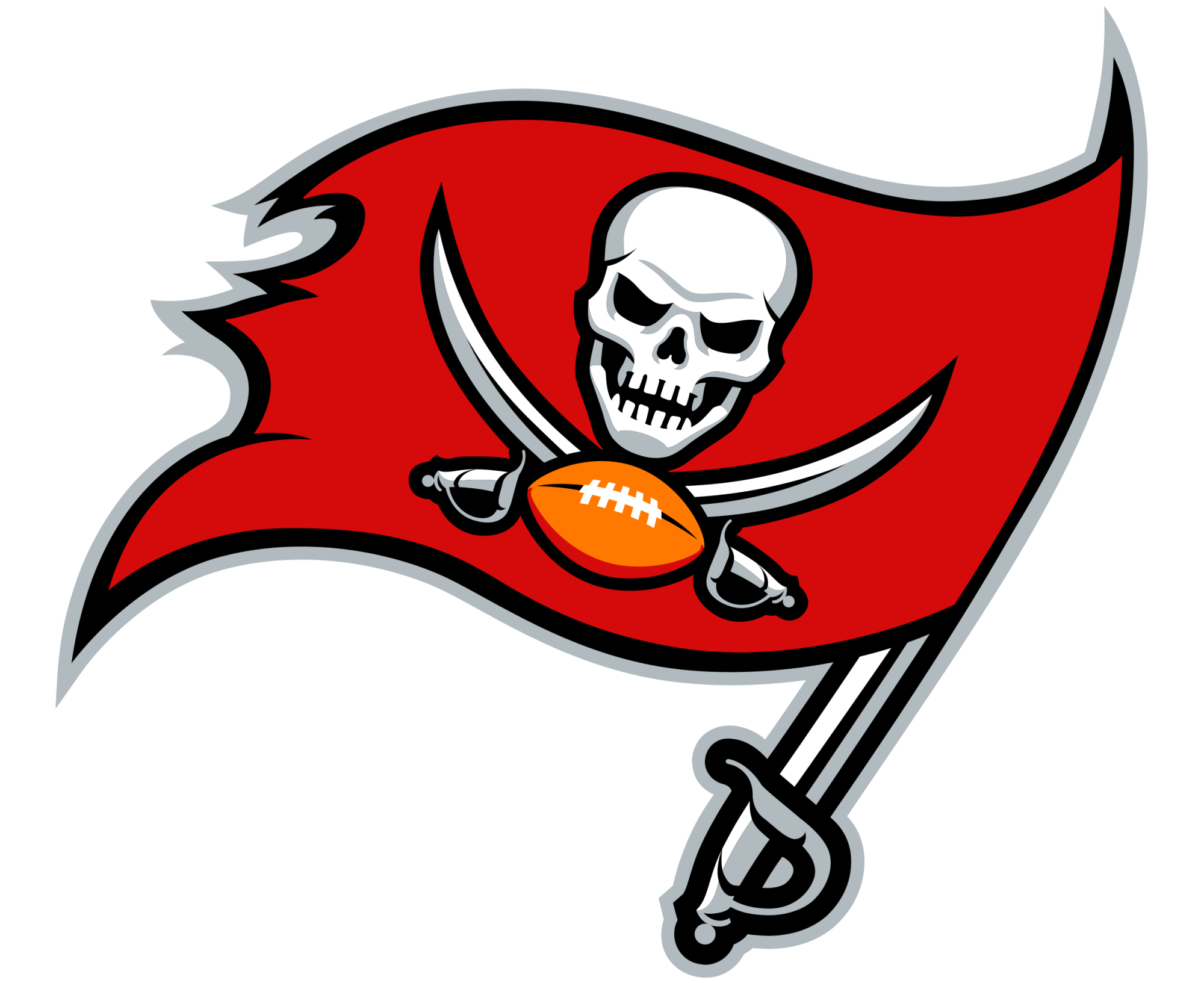The Impressive Relevance Of the TJ Watt Gap

Photo Credit: Philip G. Pavely-USA TODAY Sports
It’s no secret that T.J. Watt is in the highest possible tier of edge rushers not only in today’s game, but of this entire century. Watt has been a complete game-changer since he was drafted to the Pittsburgh Steelers with the 30th-overall selection of the 2017 NFL Draft out of Wisconsin.
T.J. had some major shoes to fill following the career of older brother J.J. Watt, who was one of the best defensive players of all time at his peak. T.J. wasn’t as highly touted as a prospect coming out of college as big bro. The general consensus was that while he could still be a productive NFL player, the chances that he would stack up to the likes of J.J. were very slim.
These generalizations were fair, though. How could a younger brother live up to the bar that his older brother indirectly set very, VERY high? Well, that question, like many others, gets answered when you put your nose in the numbers.
At the surface level, the most important metric in team sports is the win-to-loss ratio, and this is absolutely a department that supports T.J. Watt’s priceless value. Since he was drafted, Watt has missed 11 total games due to injury. Pittsburgh has come up victorious in just one of those games, a 20-18 victory over the Tampa Bay Buccaneers on October 16, 2022. They started 0-8 in the first eight games he missed due to injury until that win against the Bucs, and have a total record of 1-10 in games T.J. Watt did not play.
On the contrary, they are a combined 62-28-2 in games that Watt did play. While the sample size is obviously much greater for games he did in fact start, the difference between a .685 winning percentage with Watt versus a .091 winning percentage without Watt can not be understated.
The entire defense is a completely different unit when Watt is on the field compared to when he isn’t. Looking at 2022 for a good sample size, the difference was massive. They went 8-2 with Watt, and 1-6 without while he was sidelined with a pectoral injury. During those seven games he was absent, the Steelers allowed 25.3 points per game, which would’ve been the third-worst mark in the league if extrapolated over the course of an entire season. In games he was available, that number plummeted to just 16.9 points per game, which would’ve marked second-best in the NFL if extrapolated over an entire season, only below San Francisco.
There was also a 100 total yards per game difference between Watt being on the field compared to off. When Watt played, Pittsburgh allowed roughly 290 yards per game, versus the roughly 390 yards per game without him. The team sack total and turnover margin are also heavily fluffed when Watt plays. In the seven game span without him, Pittsburgh produced only eight total sacks and five total takeaways. With him, they created 32 sacks and 18 takeaways.
These are truly astonishing numbers. The gap that exists for the Steelers between moments of his presence and lack thereof is almost unheard of for a non quarterback. When you add on this seasons pace of 27 sacks, 23 QB. knockdowns, nearly seven forced fumbles, and 68 total QB pressures, you start stepping into a conversation that includes the greatest seasons by the greatest football players of all time.
You could argue that T.J. Watt is every bit as important as an elite quarterback. The magnitude of results gap speaks for itself, and his weekly performances put him among the top 10 guys in the whole league you would pick to start a team, regardless of position.
When Watt’s proven ability to wreck games and even win them with game-sealing sacks is combined with the mediocre offense he has endured for almost the entirety of his career, it becomes clear that he shouldn’t just be in the Defensive Player Of The Year conversation, he should be right in the thick of the MVP one. If the Steelers win 10 games with this team, just give it to him. If they win more than 11, you might have to rename the trophy after him. That’s how significant the T.J. Watt gap is.
Up Next





